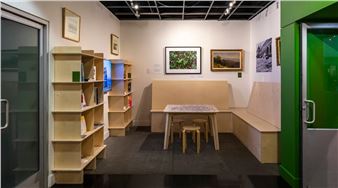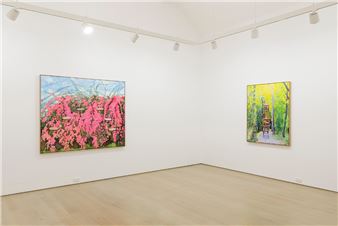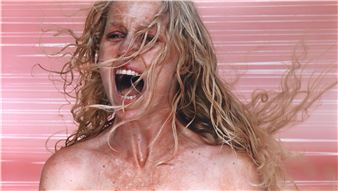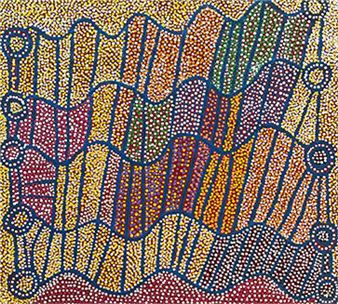Jasmine Togo-Brisby: It Is Not a Place
Through an iconography of tall ships, decorative ceilings, and crow feathers, Jasmine Togo-Brisby examines the Pacific slave trade and its impact on those who trace their roots to Australia through its practices.
Togo-Brisby's ships remind us of the dangerous vessels that transported tens of thousands of South Sea Islanders to Australia; her plaster sculptures recall the pressed-tin ceilings made by the Wunderlich family in Sydney, to whom her ancestors were indentured; and her use of crow feathers allude to вҖҳblackbirdingвҖҷ, the nineteenth-century practice of coercing or kidnapping Pacific islanders into slavery.
It Is Not a Place features two major new commissionsвҖ”a sculpture and a videoвҖ”exploring her Australian South Sea Islander identity, and making visible a distinct diasporic history and culture.
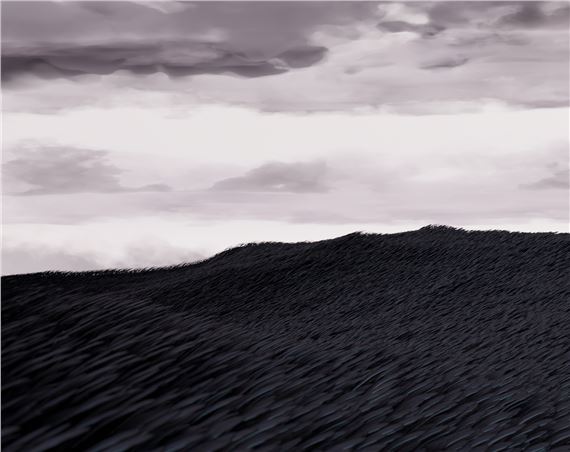
Recommended for you
Through an iconography of tall ships, decorative ceilings, and crow feathers, Jasmine Togo-Brisby examines the Pacific slave trade and its impact on those who trace their roots to Australia through its practices.
Togo-Brisby's ships remind us of the dangerous vessels that transported tens of thousands of South Sea Islanders to Australia; her plaster sculptures recall the pressed-tin ceilings made by the Wunderlich family in Sydney, to whom her ancestors were indentured; and her use of crow feathers allude to вҖҳblackbirdingвҖҷ, the nineteenth-century practice of coercing or kidnapping Pacific islanders into slavery.
It Is Not a Place features two major new commissionsвҖ”a sculpture and a videoвҖ”exploring her Australian South Sea Islander identity, and making visible a distinct diasporic history and culture.
Artists on show
Contact details


 ARTISTS
ARTISTS










